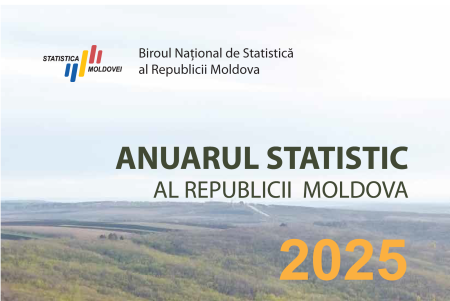About
The ,,Finance" reflects the information on the execution of the National Public Budget, monetary statistics (monetary aggregates, the volume of cash transactions in the banking system, the balance of loans in the economy and deposits of individuals), as well as the activity of insurers, etc.
The National Public Budget represents the total revenues and expenditures of the state budget, local budgets, state social insurance budget and compulsory health insurance funds. The revenues of the national public budget consist of taxes, fees, contributions and compulsory insurance premiums, grants and other receipts specified by the legislation in force.
Expenditures of the national public budget are determined by the allocations provided by the annual budget law intended to meet the needs of society to cover social and cultural expenses and scientific research, maintenance of the state apparatus, coverage of military needs, payment of state debt, subsidies, economic sector development, etc.
The budget deficit is the overrun of spending on revenue. The budget surplus is the excess of revenue over expenditure.
Government finance statistics are compiled by the Ministry of Finance.
Monetary aggregates represent the volumes and structure of the money supply intended to study the circulation of money in order to regulate it. The money supply consists of money aggregates M0, M1, M2, M3.
М0 = cash issued by the National Bank of Moldova (NBM), excluding cash in the bank's cash desk and in the cash desks of NBM.
М1 = М0 + sight deposits in domestic currency.
М2 = М1 + term deposits in domestic currency.
М3 = М2 + deposits in foreign currency.
Monetary statistics are compiled by the National Bank of Moldova.
The data are published on the official NBS website on a quarterly and annual basis via press releases or the database.
Statbank
Excel tables
Release calendar
| Date | Hour | Category | Updated information | Reference period |
|---|---|---|---|---|
| 29.12.2025 | 14:00 | Statbank | Finance | Quarter III 2025 |
Publications
Metadata, concepts and methodologies
Concepts and methodologies
Relevant statistics
Useful links
Contacts
- Andrei CrăciunHead of Division
National Accounts Division







